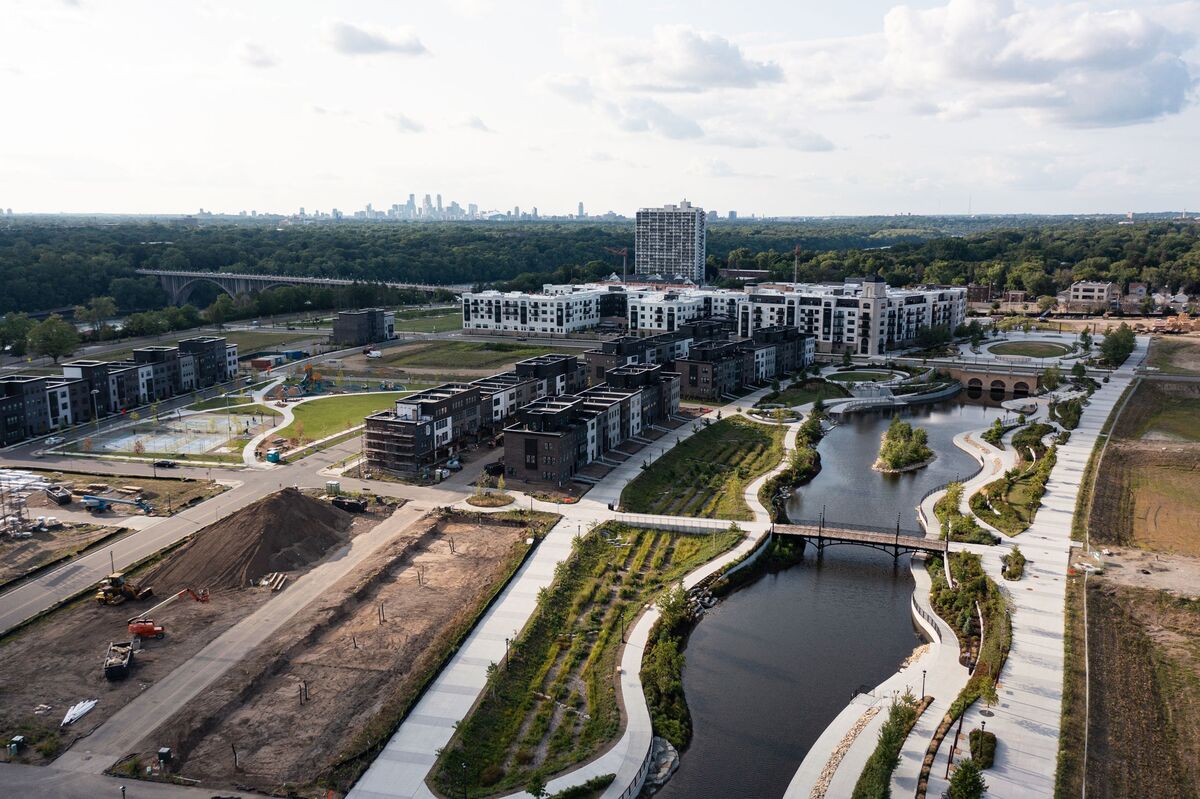Nooo my TrIcKlE DoWn EcOnOmIcS is the only thing that works. If we allow affordable housing, what’s next, can people marry a toaster!?
Nooooo. Think of the children!!
Think of how much productive work we can get out of them, you mean?
I hear there are children willing to give capitalism a hand.
Those pedophiles wanting to marry a brave little toaster. Terrible people.
Minneapolis, MN for those who don’t want to open.
Props. Minnesota seems to be doing some really progressive stuff
If it wasn’t cold as fuck id consider moving there
Looking at weather trends in the US it will probably be outright tropical in another decade lmao. Consider it an investment.
I live there. The cold really is cold AF, but it’s only half the time. It’s tolerable and the changing seasons are beautiful.
It’s like their Scandinavian ancestors awoke from some code word
It even looks like they got rid of the zoning laws that forced everything to be a bungalow! This picture could easily be mistaken for some place in Europe now
This is the important bit:
has invested $320 million for rental assistance and subsidies.
I’m not sure they could do that in Seattle since developers only make luxury homes and they can pay off the city for the requirement to build low income housing. We’re getting dangerously close to San Francisco, we have a very small middle class.
Well, you could simply not make a payoff possible. If you build, you must also build affordable housing. Period.
Alternatively, the city could just have its own housing company. In my hometown in Germany, more than half of all apartments are owned by the city or non-profit cooperatives.
I wish they would make the payouts not possible.
Is non profit coops the model in tower blocks?
They took over the old East German blocks, but also build new, modern houses.
The blocks are also far less bleak than they might appear. Usually the surroundings are pretty green and all buildings have been renovated.
Ahh yes that’s the same model that was adopted here in CZ. 1/3 of the population lives in commie blocks and those were also mostly made into housing co-ops.
we have a very small middle class.
That assumes there even is a middle class.
(Spoiler alert: there isn’t.)
Here is an alternative Piped link(s): https://piped.video/watch?v=Nd7cohTdRAo
Piped is a privacy-respecting open-source alternative frontend to YouTube.
I’m open-source, check me out at GitHub.
Net-new luxury housing is good for affordability, because when someone moves into a more expensive unit, that frees up their current more affordable unit.
More to the point, Seattle literally just legalized missing middle housing in most of the city earlier this year. That’s good for affordability, but new housing takes time to build. And developers will try to build the most lucrative project they currently can.
Housing is a matter of supply and demand. When you’re in a housing shortage, prices will be high and most of the new supply will be luxury. The solution to a housing shortage is to build more housing, period. If you build housing faster than increasing demand from population growth, prices of units will go down. If you build housing and prices stay high, you didn’t build enough. Build more. Remove NIMBYs ability to prevent new builds.
Which is not to say that building public housing or other projects to subsidize housing is a bad idea. But it’s really, really hard to do that effectively during a housing shortage and solving the shortage is good for everyone except homeowners who wanted to use their equity as their retirement nest egg.
Trickle down housing doesn’t work, we both know that.
It’s not about trickle down, it’s about building to meet the capacity. I live in this area and can tell you first hand. I live in a cheap building and all the luxury condos going up has made it so my landlord cannot jack up rents anymore. They were doing it constantly before the building boom and now they can’t even fill multiple units at the rents they want to charge.
and now they can’t even fill multiple units at the rents they want to charge.
And they’ll leave them empty.
Vacancy rates don’t reflect what people think they do, and actual long term vacancy rates are a fraction of what people think they are.
In particular: the census’ published vacancy rates includes all housing that isn’t someone’s primary occupancy on census day to be unoccupied.
The vacancy rate includes buildings that are tied up in estate, forclosure or divorce proceedings, housing that is actively being renovated, that can’t be rented until it’s renovated or is mostly constructed. It includes units that are actively on the market. It includes units that just got rented or sold but where the new tenants will move in a week after the census. It includes housing where the owner is in jail, or on an extended work assignment elsewhere. It includes private vacation homes and AirBnBs.
You can argue about the ethics of evictions, forclosures, AirBnB and vacation homes, but the vacancy rate is fundamentally a snapshot of current occupancy. A certain amount of short term transient vacancies are expected, because many normal processes take time. You don’t sell your parents house and have someone move into it the day your parents die, after all. Vacancy rates are not evidence of a conspiracy to artificially lower the amount of housing in an area by holding units off market.
To my knowledge, the census doesn’t actually track the rate of long-term habitable vacancies, units that could be sold or rented tomorrow but aren’t on the market.
I would almost guarantee that the amount of people leaving affordable housing to luxury housing is a completely negligible percentage, like <1% of home buyers. Prove me wrong, I guess, but your argument that building more luxury housing somehow benefits the middle and poor classes just reeks of nonsensical bullshit, sorry.
Directly? Obviously, that’s pretty rare.
But housing is something like a game of musical chairs. If Alice moves into a luxury unit, that leaves their old unit open. Bob then moves into Alice’s old unit, Charlotte moves into Bob’s old unit, Dave moves into Charlotte’s old unit, etc. until Zoey moves into Xanders old unit.
The question isn’t ‘how likely is Alice’s old unit to be affordable?’, it’s ‘how likely is it that Zoey’s old unit is affordable?’
Paywall, what were the actual laws?
it’s impossible to convince this captcha that you’re not a robot; is there another?
Thats weird , I never see a captcha.
I goto archive.ph and enter the url you wish to view, if someone has already archived it you’ll be able to see it, otherwise you can put the url in the queue to be archived and after a few minutes it will automatically take you to the cached article
Thank you, I thought those captures were from archive.org and it didn’t work.
Things are so in the shits even Bloomberg reports on these things.








